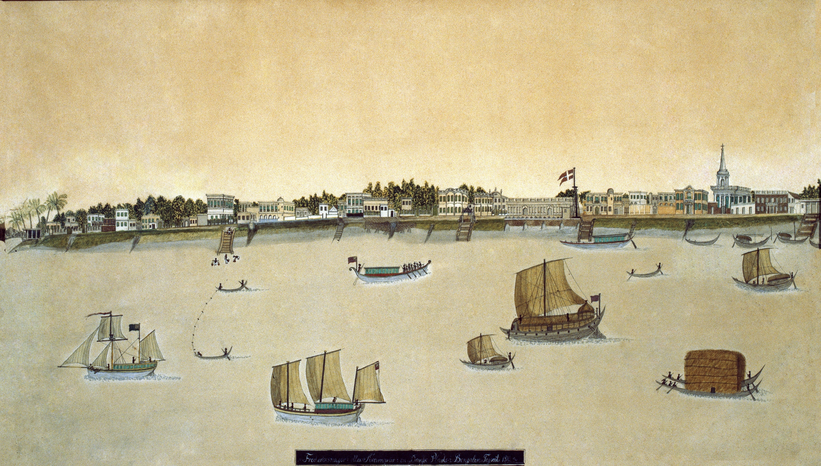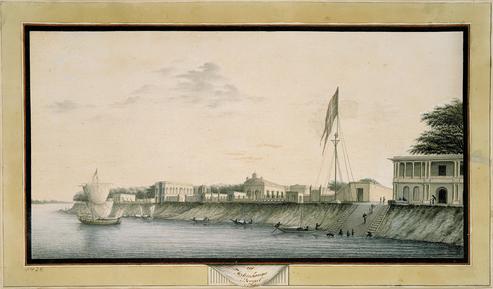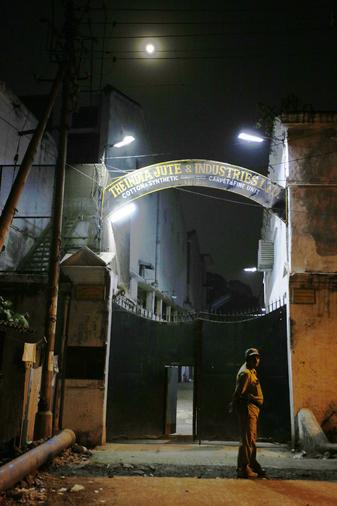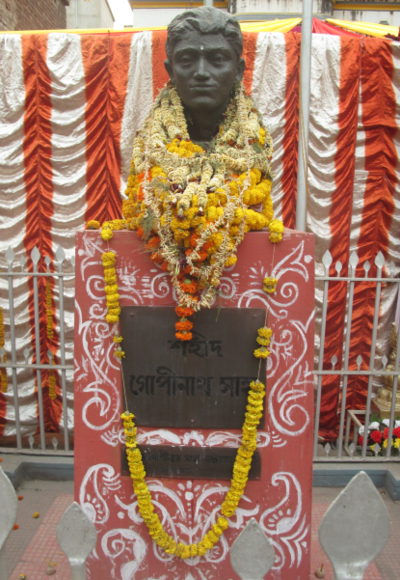The History of Serampore


Serampore is situated in West Bengal by the Hooghly River, which is a branch of India’s holy river Ganges. During the 14th and 15th century, the area was a centre of global trade. Indian cotton, oils, sugar, and spices were sold from the port town of Saptagram to Burma, Sumatra, Java, the Malay Peninsula, China, Persia, and the Arab world. The foreign merchants paid in silver, gold, pearls, porcelain, camphor, wood, and tropical spices.
Back then, Serampore was a rural area dotted with small villages surrounded by fields of rice and other crops. Indian pilgrims came from far away to visit the Hindu temples and Muslim mosques of the area. Around the sites of pilgrimage, marketplaces sprang up where traders sold their goods from India and foreign countries.
The Arrival of Europeans in Bengal

European trading companies had long been searching for a sea route to India. This would grant them direct access to the valuable luxury goods instead of having to buy them expensively from Arab merchants. The Portuguese came to Bengal in the beginning of the 1500’s. They were followed by the Dutch, French, British, Danish, and other European trading companies. The Europeans established trading colonies in the area by agreement with the Mughals, the Indian rulers, whose capital was in Delhi and whose local governors were distributed throughout the provinces.
The Danish trading company established its first station in Bengal in 1698, a little north of Serampore. However, the Danes soon began to cause problems for the local authorities. Besides trading, they also practiced piracy, plundering local ships and selling the crews as slaves. Furthermore, they declared war against the mighty Mughal Empire’s ruler in Delhi. As a result, the Danes were forced to leave Bengal and retreated to their principal trading station at Tranquebar in South India.
The Founding of Serampore Town under Danish Rule
The Danish Asiatic Company returned to Bengal in 1755. Their aim was to buy up silk, cotton, spices, and indigo, the blue natural dye, along with saltpetre, used in the production of black powder. The company’s representatives reached a new agreement with the Mughal governor of Bengal. The governor granted them permission to establish a trading station in Serampore on condition that they paid taxes on the trade to him and maintained law and order in the area.
The Danes named the trading station Frederiksnagore after King Frederik V of Denmark, but it remained known under its local name, Serampore or Srirampur, the city of the deity Ram. The neighbouring towns were controlled by the French and the British trading companies. In the beginning, the Danes lived in simple houses made of clay. The settlement was considered the most insignificant of the European trading stations along the river. However, Serampore quickly developed into a multicultural town.
The urbanisation of Serampore was driven by the European trade. Thousands of Indians moved to Serampore to work as craftspeople, weavers in particular. Others were employed by the Indian and European merchants as guards, managers, bookkeepers, or servants, some of whom were kept as slaves. Many women worked as prostitutes. While only a few Danes lived in Serampore, numerous other Europeans settled in the city. Many were criminals fleeing persecution in the British settlements or bankrupt traders hiding from their Indian creditors.
From Company Rule to Royal Town
In 1777, the administration of Serampore was transferred from the Danish Asiatic Company to the Danish Crown. The town flourished, particularly under the administration of Ole Bie (1776-1805). Bie died in Serampore and lies buried in the Danish cemetery. Serampore became one of the Danish monarchy’s largest towns. On the main road along the river, the Europeans built their elegant mansions. Serampore’s Indian merchants, having made their fortunes trading with the European companies and lending money to the Danish and other European merchants, built palatial houses with inner courtyards and colonnades. Serampore was described as the best-built and best-kept European town in India. But in the narrow lanes, further away from the riverfront, the town’s poor people lived in straitened circumstances. They dwelled in small clay houses or bamboo sheds and were often plagued by floods, deceases, and starvation.

Serampore after Danish Rule
The British gradually increased their military strength and extended their control over India. They fought against other European powers and against the local rulers who eventually lost power of government. The British East India Company came to rule most of today’s India and its neighbouring countries, Pakistan, Bangladesh, Sri Lanka, Nepal and Myanmar (Burma). The French kept the town of Chandernagore next to Serampore, but apart from that, the other European countries abandoned their colonies in Bengal. Denmark sold Serampore in Bengal and Tranquebar in South India to the British in 1845.
Following the British acquisition in 1845, Serampore became an industrial town and continued to grow. The railroad came to the town and large factories were constructed. Migrant workers from different regions of India moved to Serampore to find employment at the factories where they produced sackcloth from jute fibres or machine-made cotton.
Around 1900, numerous residents of Serampore joined the fight against the British colonization of India. The resistance took two forms: A secret partisan war and a political battle within the Indian National Congress and the Communist Party of India. In 1947, independence was won, and British India was partitioned into the independent states of India and Pakistan.
Today, Serampore’s factories are facing shutdowns and the town has entered a new phase of its development. Rising unemployment is pushing many factory workers away from the town while others find work in the construction industry. Serampore has become a suburb of Kolkata (Calcutta) with six-story concrete apartment blocks. The city is now a modern commercial town with markets, shops, and restaurants. The public offices and court houses are still located in the historic centre established by the Danes. The town centre also functions as Serampore’s recreational area. The restored historic buildings attract numerous Indian visitors as well as international tourists. The town is also known for Serampore College, which was established by British missionaries during the period of Danish rule.


